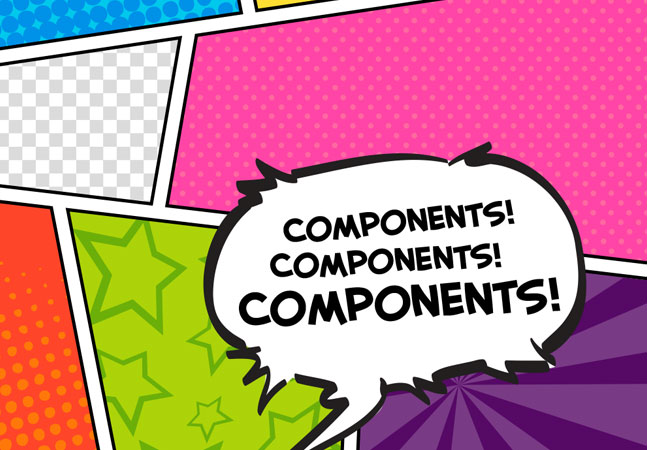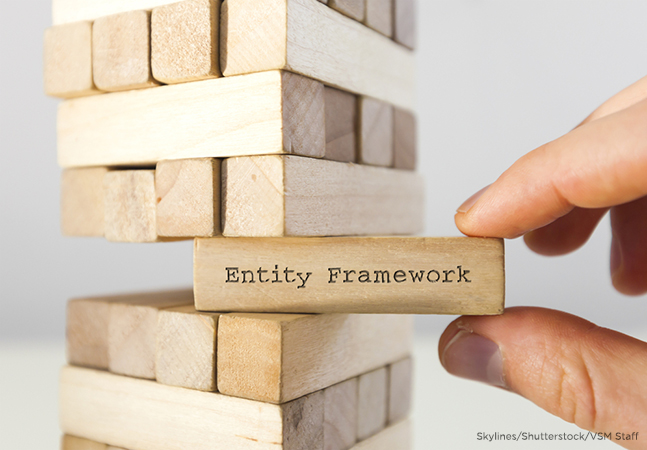
If you're building services it's critical that you support the developers who will create and read your service's messages. JSON Schema lets you support the three principles of good message design in a way that supports developers.

You can dramatically simplify life for developers creating services and their consumers by following three rules for designing messages and then enforcing your message formats with JSON Schema.

If you're building services, then getting your message formats right can be the difference between success and failure. Here's an example of what can go wrong and how it could be fixed.

View components let you create reusable chunks of business logic coupled with a UI in multiple places in your application ... and then let you share that logic across multiple projects. Here's how to invoke them and share them.

ASP.NET Core lets you bundle up business functionality along with its related UI into a view component that you can reuse in throughout your application.

Once you've created a JSON Schema that describes a JSON document, you can use it both in Visual Studio -- to provide guidance when creating JSON documents -- and in your code to validate the messages you're receiving.

Peter tries out Visual Studio Enterprise 2017's Live Unit Testing and has what might be a life-changing experience.

If you're building a RESTful Web service, you can provide both guidance and control around the JSON messages your service works with by replacing documentation with JSON Schemas.

The simplest way to ensure that the API your services expose to your consumers is to not let consumers access your services -- at least, not directly.

As the number of your services expands you're going to need to start thinking about how to organize them. Applying these two design patterns can help, provided you understand all their variations.

SQL Server 2016 and Azure SQL Database both give you tables that automatically keep track of the history of your data. Here's how to retrieve that historical data.

SQL Server 2016 and Azure SQL Database both give you tables that automatically keep track of changes to your data. Here's how to both create those tables and alter existing tables so they track the history of your data.

With SQL Server 2016, you can store JSON objects in your rows. Here’s how to work with JSON objects, including how to update them once you’ve found them.

When it comes to inheritance, relational database theory and object-oriented programming have more in common than you might think. Understanding that overlap is critical in designing the object model that will generate the database design your application needs.

With SQL Server 2016, it now makes sense to store JSON objects in your database (even though there’s no JSON datatype). Here’s how to query JSON properties to find the rows you want.